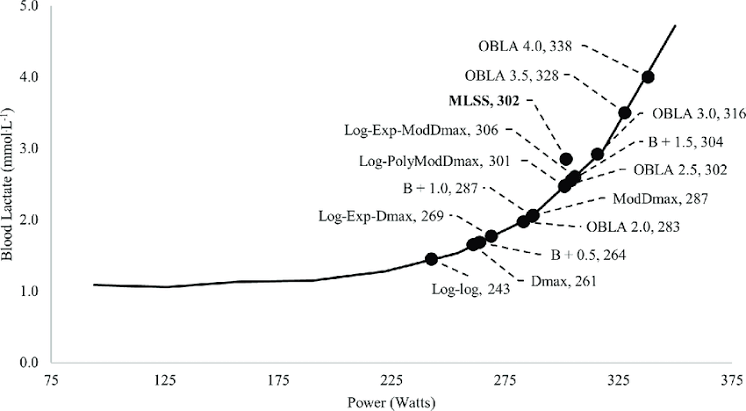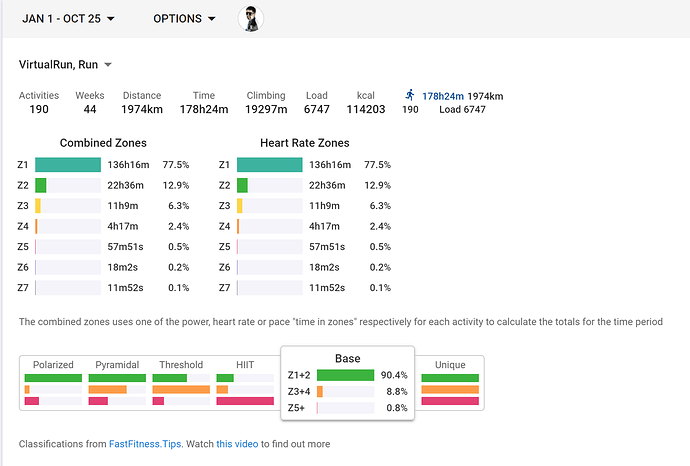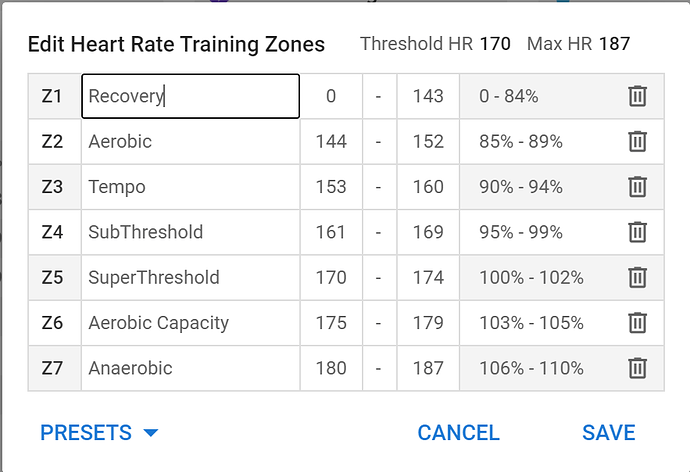Cheers - will read
Yes so as an example do the effort with drill recoveryvrather than walk, jog or rest.
In swimming we may do sprint to half way, easy to end, 25m drill, repeat.
I listened to a biomex guy on a podcast not long back talking about drills and how people would do a drill but “jog” recovery ruining the muscle memory they are trying to train.
yes…mine… ![]()
So you agree with that guy then 
I listen to so much can never remember when or who it was. 
I remember another where he said drills were pointless as it breaks things down too minutely and its about “fascia” … or something… and it’s that which needs training so he promoted running but mindfully, ie strides especially during a long run to help the body remember rebound/elasticity. That was interesting but not found much other work on it.
unless you are creating drills which mimic the running action you aim to develop…
100% ![]()
It’s amazing how fast these treads can get side tracked. Not wishing to take anything away from @explorerJC and @Hammerer, both of whom have fantastic knowledge and sometimes differeing views. However, I think its pretty fair to say that I have made some massive gains in my running over the past 2 years. I use the very simple 180 - age +5 for most of my run training. I am 49 so 136 BPM (My MHR is 187). Actually I try to keep my runs at below 130bpm and try to get faster while keep HR low. I am just coming back from 2 weeks off running due to a minor injury, and ran 5:30/km pace with my HR constantly below 116 bpm. I run around 70km per week, and will typically do 10km at a faster pace around 4m/km, which is around 160bpm.
I guess you have a good engine and developed form which helps when trying to keep the HR low…
Any link to this @explorerJC?
Useful post and can’t deny you’ve made huge improvements with that. But given you’ve pretty much chosen arbitrary numbers to base HR off it suggests to me that the important bit is the principal of keeping the easy day’s easy, and the hard days hard, and that that can be done primarily on feel with a loose HR guide, rather than needing to go into the specifics on exact numbers.
The fact you’re able to recover from 60km of aerobic running a week to still be able to do 10km quality week after week on top of your bike volume is part of the proof you’re unlikely to be overdoing your easier days.
There’s various ones out there, but briefly touched on it here: British Triathlon Coaching: Log in to the site
oh, of course you need a log on…it’s on Coaching Matters, Coaching Vodcasts
Yes you need coach access to the hub.
Just watch him on YouTube
Next on-line workshop: Club Coach Workshop Series 6. Module 4 - Running Form. Teasing out the fact from fiction – British Triathlon
That is exactly my point. Just go onto any FB forum and a significant proportion of the posts will be about HR zones. Training experts publish articles about zones and the latest theories. I have read a lot of the research, while probably relevent for elite athletes, who have full time coaches, I feel that it is overly complex for normal people. HR, tiredness and stress have so many external factors, I found that it was much easier choosing arbitray numbers, sub 130bpm for easy and sub 140bpm for “easy but a bit harder”. Any session above 140bpm is based on RPE or pace for intervals
Agree, Even true physiological zones (eg Seilers 3 zone model) are so varied depending on how you calculate lactate threshold even if you have lab access.
This cyclist had LT2 of 243-338 depending which method you use 
That said I do like Coggans 5/7 zone model given its ease of use of easy, steady, medium, hard, very hard, all out.
And that its been so widely adopted so at least can have some small hope you’re talking about similar things when talk with others.
It isn’t just the difference of what mmol value you say LT2 is but the protocol for the test itself. When doing tests at college and uni it always felt like the intervals were too short and you never settled, for want of a better term, at one work load. I know Inigo San Milan prefers something like 8-10 mins at one load before moving up. With short intervals lactate or O2 consumption could still be rising or have plateaued before you have had a chance to clarify.
338W…at least until they change the method again…
HR will continue to rise due to O2 consumption…
3 mins at a particular load is sufficient for a step test; longer loads are fine for dialling in to particular ranges…


